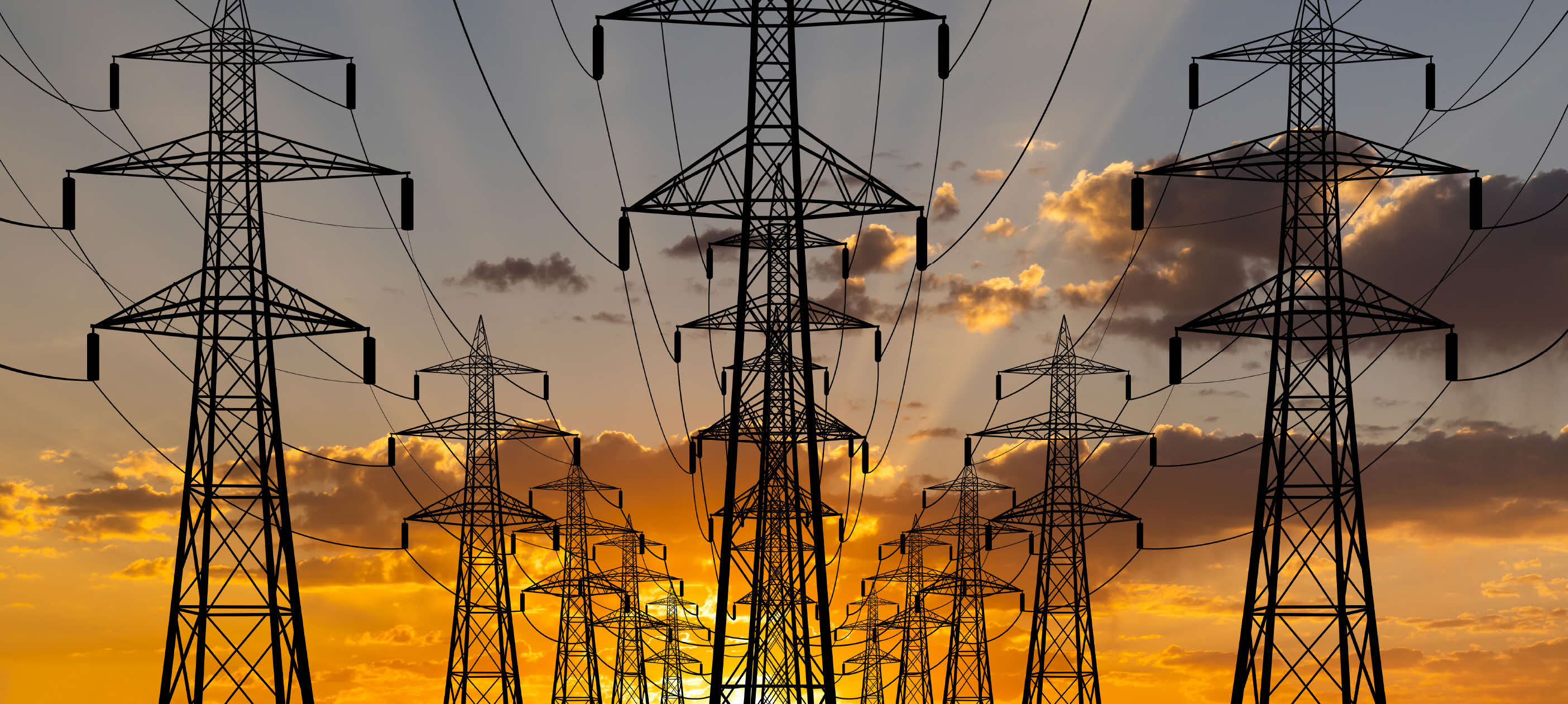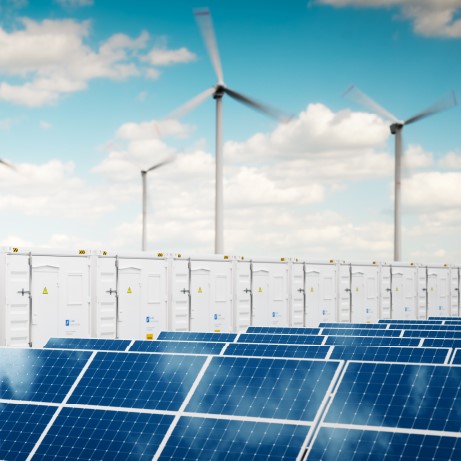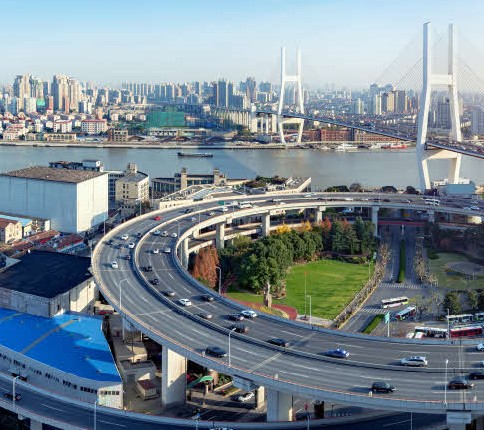The path to enabling energy transmission sector growth
Demand for energy and renewable energy is rapidly increasing, and energy transmission infrastructure must be re-examined to keep up. Abhinandan Shivashankarappa, SVP, Project Finance, shares the challenges of further developing the transmission sector across the region, and how these can be overcome.

Recent reports suggest that the world’s appetite for electricity will triple by the year 2050, and renewables will comprise close to half (55 per cent) of the energy needed globally1. Although energy generation is part of the solution to meeting the world’s insatiable appetite for energy; energy transmission which involves delivering energy from the place of generation to the place of demand is equally important.
However, the lack of adequate infrastructure and suitable modes of transmission makes it particularly challenging to deliver energy within and across countries, resulting in some nations struggling to meet energy demands, especially for intermittent renewable energy. This is where the energy transmission industry has a critical role to play in shaping the future of sustainable living and economic growth.
The state of play in Southeast Asia: more investment needed
When we take a closer look at Asia, energy demand will double by 2030, fuelled by rapid urbanisation and population growth. However, the concern is that there is a widening gap between the region’s existing energy infrastructure and what is required to meet future needs. This brings into focus how to close this growing deficit as an urgent priority. For instance, in Vietnam, the national transmission infrastructure is struggling to keep pace with rapid growth in energy generation, especially renewable energy1.
“In Vietnam, grid capacity has not grown in line with renewable capacity. This is a big problem,” says Abhinandan Shivashankarappa, Senior Vice President, Project Finance at DBS. “Renewable power projects were asked to curtail their power injection to the grid. Some of these projects had to do so for up to around six to seven months. This impacted the projects adversely because they could not earn revenue for six months.”
Vietnam’s Ministry of Industry and Trade (MOIT) estimates around USD128.3 billion spend in capital investment, or USD12.8 billion per year till 20302 to enable the country to develop the right infrastructure to match its power demands.
The challenge, however, is the ability to attract investment from the private sector to allow quicker expansion. As many countries’ transmission sectors are still wholly government-owned, new strategies and policies will be needed to encourage public-private partnerships and the involvement of private transmission players and independent power producers (IPPs) in these projects.
Challenges in energy transmission infrastructure development
A key challenge faced by transmission system operators across the globe in setting up adequate transmission infrastructure is the high cost of new assets to replace old infrastructure. The unpredictability and intermittency of renewable energy sources can lead to fluctuations in the power grid, requiring the development of smart grids and the use of more efficient “utility-scale” batteries to regulate and store excess energy. This calls for greater R&D into more intelligent metering infrastructure and energy storage solutions for transmission capacity management.
For countries like India, bottlenecks were inevitable due to a lack of infrastructure upgrades and difficulty in power transmission. Renewable energy generation generally occurs in areas far from major cities, making transmission challenging. However, significant investment in the recent years by the Government (through PowerGrid Corporation of India Limited) and private sector participation has, to a large extent, fixed the transmission capacity issues in the country’s electricity grid.
In ASEAN, Indonesia and Vietnam have encountered several challenges in implementing and investing in new energy transmission systems. However, plans for public-private partnerships to upgrade and develop transmission infrastructure can be made, provided the regulatory framework is clear.
“The Indonesian and Vietnamese markets will probably evolve to mimic India, with both private and public sector participation in the transmission space. But policymakers must encourage investment by coming up with transparent regulations that are not subject to change every few years,” explains Abhinandan. The power development plans recently released in both Indonesia (RUPTL 2021-2030) and Vietnam (draft PDP8) have indicated that there can be private sector investments in the power transmission sectors happening in this decade.
The way forward: improve bankability of the projects to attract more investment
Given the amount of investment required, the governments can’t fund these projects on their own, so private companies need to enter the market. That’s why it is critical to have the most suitable business models in place to increase the attractiveness and bankability of these mission critical projects.
There are two main models to use: the Regulated Asset Base (RAB) model and the Tariff-Based Competitive Bidding (TBCB) model.
The RAB model has been used in the US, UK, Australia and European countries and is often utilised to incentivise private investment into government-backed projects. This means private energy companies will take ownership of the asset and the costs involved in operating it, in exchange for a fixed rate of return. This model is best suited for assets which require regular capital expenditures during the operating period. However, the model requires significant interaction with the regulator and can lead to time delays, cost issues and overspending if not monitored carefully.
The TBCB model has been used in places like India and is based on a system where the operators with the lowest bid win the projects. They will then run and operate these transmission systems for 35 years and receive a fixed revenue based on the bid. At the end of the tenure, the transmission assets would be transferred to the central utility of the government.
In transmission infrastructure development, both models can be considered bankable, as counterparty risks are generally shared across the participants (generators and distributors) in a grid network.
However, for countries who wish to boost private sector participation, Abhinandan says, “It will be better if they go with the TBCB model and start procuring projects on a piece-by-piece basis with faster implementation.”
DBS’s role in shaping the future development of transmission infrastructure
Over the years, DBS has helped drive infrastructure development in the transmission sector across Asia and Oceania as a financial partner. We have demonstrated our expertise and capability by participating as advisor and in the financing of notable projects in critical regions, for example, we acted as advisor for a project in Mozambique, and also as financier for projects in Singapore, Australia and India.
Where to from here?
There is an urgent need to draw in private investors in Vietnam and Indonesia so as to ramp up infrastructure development while keeping energy accessible. This requires quick implementation of regulations with one of the models mentioned above. Companies will also need to partner with experienced financial institutions like DBS to aid in these efforts, paving the way towards more sustainable and progressive development within the transmission sector.
Visit DBS's Project Finance page to learn more about how we’re helping to shape energy transmission development worldwide.
References



